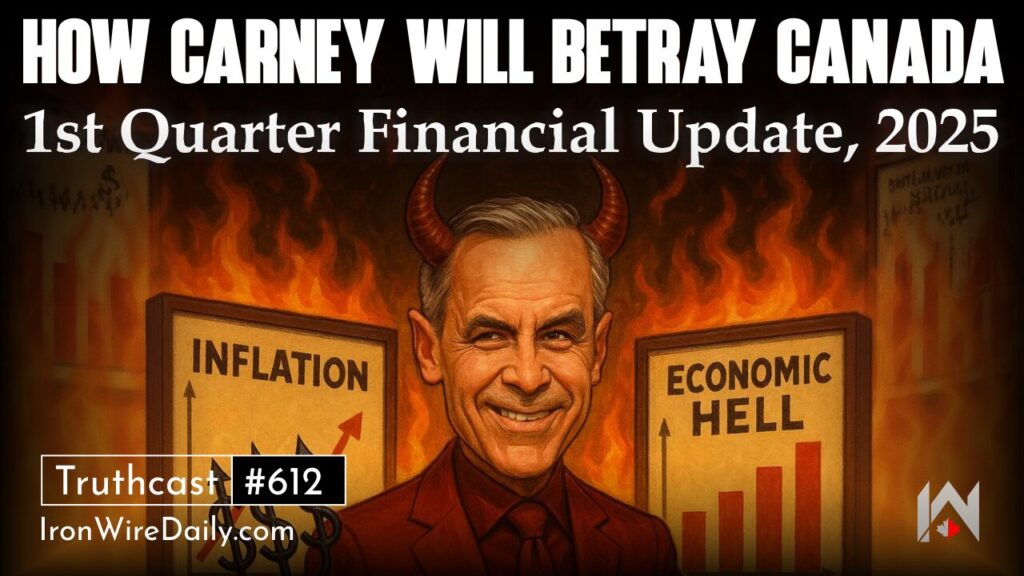Dollar Index Falls Below 103, Hits 6-Month Low
The U.S. dollar index registered a large decline on April 3, following the Trump administration’s announcement of a new slate of global tariffs.
While the reciprocal tariff policy aims to boost manufacturing and jobs in the United States, its effect on inflation and the economy remains to be seen.
The U.S. dollar index measures the dollar’s value against multiple currencies. A decline in the index indicates that the dollar is weakening against world currencies.
A fall in the index suggests investors have lower confidence in the dollar and do not view the currency as an attractive or safe investment asset.
Additionally, it can be a sign of international capital flowing out of the United States as investors chase other assets that give them safety or higher returns.
On the positive side, the dollar’s depreciation could make U.S.-manufactured goods more competitive in the international market, boosting U.S. exports.
It can also make imports more expensive for Americans, boosting inflation in the United States or contributing to strengthening domestic production.
“U.S. rates continue to be marked lower, and not until we get some surprisingly good news from the U.S. on tax cuts or deregulation may the dollar start to find some support,” it said.
US Dollar and Tariffs
A March 10 report from RBC Capital Markets said the U.S. dollar is “trapped between conflicting cross-currents.”
The institution’s 1- to 3-month outlook for the currency predicted that the dollar would end the first quarter on the weaker side and may move higher in the second quarter.
Over a 6- to 12-month period, RBC sees the risk of recession rising materially. While a reemergence of inflation seems unlikely for now, this may not be the case in the second half of the year.
“For now, we see the Fed on hold, leaving us with modest USD weakness on our forecast horizon,” RBC said, adding that it could revise the dollar outlook lower based on changes in the administration’s policies.
Europe was hit with tariffs of 20 percent, Japan with 24 percent, and Vietnam with 46 percent. For China, the new tariffs are 34 percent, which, when added to the previously imposed tariffs, takes the current total to 54 percent.
European Union chief Ursula von der Leyen said the bloc was preparing to strike back with countermeasures against the United States. Chinese officials also said they would retaliate.
U.S. Treasury Secretary Scott Bessent warned countries not to retaliate against the United States on the tariffs, warning that things could escalate if such a path were adopted.
The latest tariffs make a case for reshoring some of the manufacturing back to the United States, ING said. However, the high cost of manufacturing wages in the United States, which stood at an average of $102,629 in 2023, could be a problem, the bank assessed.
“For China, it is around 25 percent, and for Korea, it is around 40 percent of that figure. Even in Germany, it is less than 75 percent of the U.S. figure,” according to ING.
“This suggests that it would only make sense to reshore activity related to highly automated, high-skill, high value-added production or for products where there is a strong market that consumers are willing to pay a premium for a ‘Made in America’ label.”















